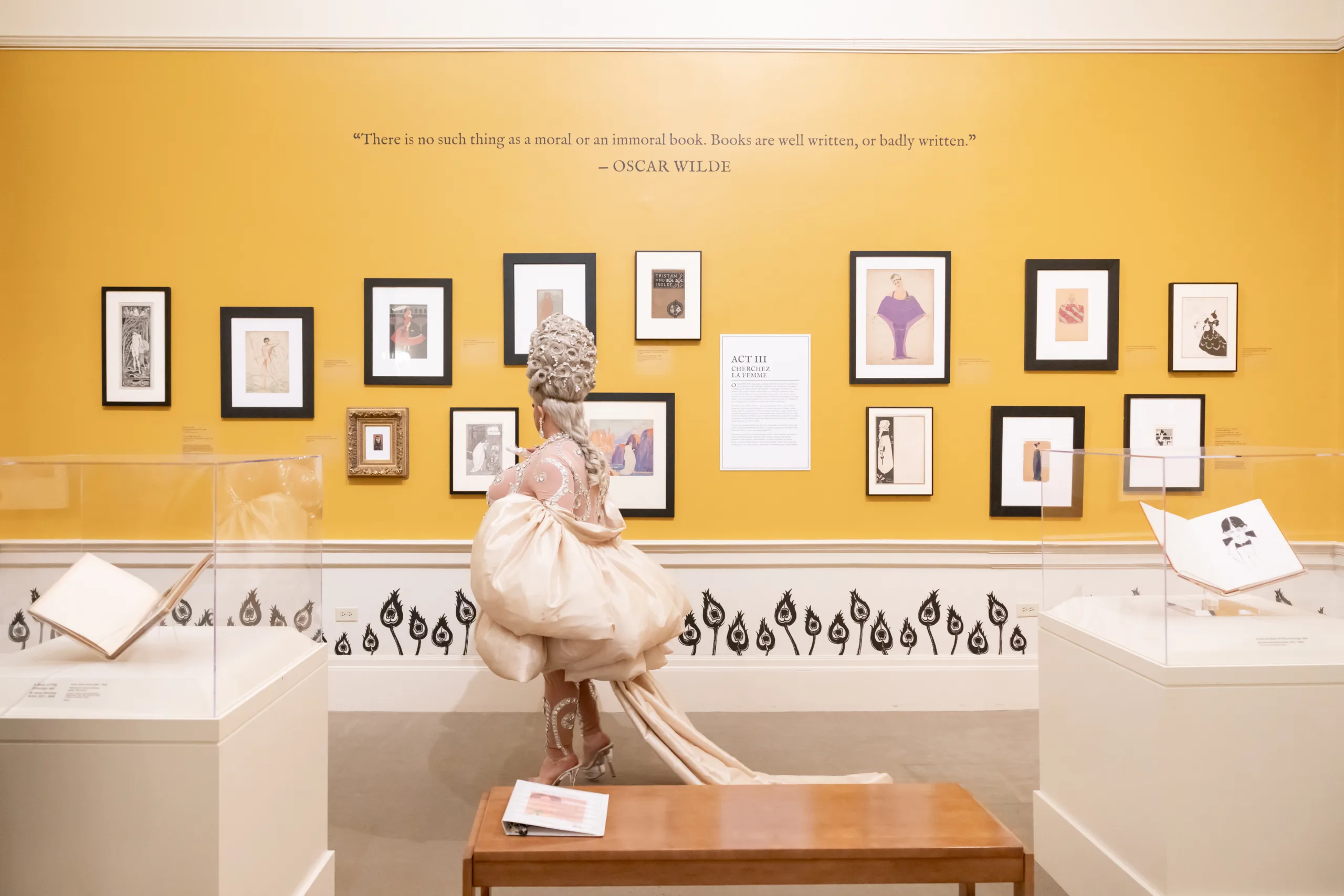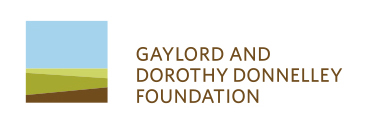
Getting to Know… Lowcountry Artistic Vitality
Discover more about our Lowcountry Artistic Vitality program and how GDDF supports the rich and vital arts scene in this unique region.
Photo: The Gibbes Museum in Charleston hosted a masquerade opening of the exhibition Something Terrible May Happen: The Works of Aubrey Beardsley and Edward “Ned” I.R. Jennings. Photo credit to of MCG Photography.
Our 5 Questions Getting to Know Series asks our program staff to provide an introduction to our work and insights about what is interesting and unique about each of our program areas.
By Ame Gasque
Why arts and why the Lowcountry?
Did you know that the first opera performed in North America took place in Charleston? It was staged on the original site of the Dock Street Theatre in 1735.
Some of the earliest jazz music was played by children of the Jenkins Orphanage Band. The Charleston Rennaissance artists of the 1920s created prose, etchings, watercolors, and more. The intricate spiral patterns of sweetgrass baskets woven by Gullah Geechee artists remain an inseparable part of Lowcountry artistic culture.
This deep history is infused into the fabric of present-day Lowcountry arts, and the arts are still present and vital here today. The arts bring energy to communities, from moving musical compositions to stories told on stage, or a thought-provoking art exhibition, the arts stir our imagination.
Since the beginning, the arts have been an integral area of support for the Foundation, and our focus on the Lowcountry stems from the Donnelley family’s longtime love and appreciation for this region, including spending cherished time at their home in the ACE Basin. Understanding that the arts have become a part of the culture and soul that makes this area so unique, supporting local arts and artists continues to be a priority focus.
What kind of arts organizations does GDDF support in the Lowcountry? ?
Incredible professional artists are creating in communities throughout the Lowcountry. We fund organizations that support these artists throughout the nine coastal counties: Horry, Georgetown, Berkeley, Dorchester, Charleston, Colleton, Hampton, Jasper, and Beaufort Counties.
The Foundation provides general operating support to a wide variety of disciplines, including, but not limited to; music, theatre, dance, visual arts, literary, creative placemaking, art service, and interdisciplinary organizations. We do not directly fund individual artists, however, all the organizations we grant funds to support local, professional artists. We support organizations with 501(c)3 nonproft status and those without nonprofit status who work through a fiscal sponsor.
-> Learn more about our grant guidelines
When we talk with an organization interested in applying for a grant, we want to find out how their discipline contributes and serves its community through its programming, e.g. performances, exhibitions, workshops, classes, and more. We also consider uniqueness within discipline. GDDF is also interested in knowing about collaborations or partnerships with other organizations, commitment to inclusiveness, and the diversity of those being served by the organization. We are also focused on how much an organization works with and pays local, professional artists.
What’s particularly interesting or unique about the arts in the Lowcountry?
The Lowcountry has a rich and complicated history coupled with its very distinct beauty and charm. The arts are used often to address and reflect on the region’s complex past as well as its future. What particularly sets arts in the Lowcountry apart is the deep-rooted connection to the Gullah Geechee culture, a distinctive African American culture that has profoundly influenced the region’s arts and traditions. This influence is evident in the storytelling, folk art, music, and festivals that celebrate the rich heritage of the Gullah Geechee people.
What are some of the issues or challenges facing arts organizations in the Lowcountry?
One of the greater challenges, especially following the pandemic, is arts advocacy in the region. Groups saw the impact of forming a unified voice during Covid-19 and the financial impact it had on getting funding for the arts.
With the Lowcountry experiencing unprecedented growth, now is a good time for organizations to come together on topics impacting them, such as affordable space, and advocate as a group before organizations are pushed out due to unaffordable real estate.
The pandemic also changed audience relationships with the arts. Performing groups have long relied on season ticket subscriptions, but that is no longer the model audiences are embracing. Ticket buyers are now waiting until the last minute before making decisions about what they see, making budgeting and planning a real challenge for arts organizations.
Are there any resources to recommend if I want to learn or explore more?
Yes! Please go out and support the local arts in your community. There are events happening all the time and they need your support. There are several resources out there to learn more about arts events happening in the Lowcountry.
For general arts events including calendars, check out: Culture South, Charleston CVB, and South Carolina Arts Commission and Charleston City Paper.
For more information on arts advocacy, please visit the South Carolina Arts Alliance.
And for nonprofits, please visit Together SC for its many helpful resources and networking opportunities.
Lowcountry Artistic Vitality Program At-a-Glance
Annual grant budget: $750,000
# of organizations supported: 38
Average grant length: 2 years
Program Contact: Ame Gasque


Sorry, the comment form is closed at this time.